Home Ec teacher Ciara Dolan of Coláiste Bhaile Chláir, Lakeview, Claregalway, Co. Galway, shows us how to cook healthy meals.
With the correct ingredients and a little know-how, cooking healthy meals couldn’t be easier. Healthy cooking is about bringing things back to basics, choosing single-ingredient foods when shopping and making meals from scratch at home. The following tips will make life a lot simpler when it comes to creating nutritious meals.
Plan your meals
• At the start of each week, organise your meals for the days ahead. Wash, chop and prepare food in advance, reducing prep time during the week when time is limited.
• Consider incorporating a meat-free day to encourage more plant-based eating.
• Make meals go further by bulking up on pulses, such as peas, beans and lentils.
• Incorporate batch cooking into your plan so you don’t have to cook from scratch every night.
• Base your meal plan around fruit, vegetables, wholegrains, low-fat dairy products, lean meat, poultry, fish (oily fish twice a week), eggs, beans and nuts.
• Limit processed and convenience food e.g. salty meats (sausages, bacon and ham) and food and drink high in saturated fat, sugar and salt.
• Choose healthy cooking methods (e.g. steaming, boiling, baking or grilling), instead of methods that use fat.
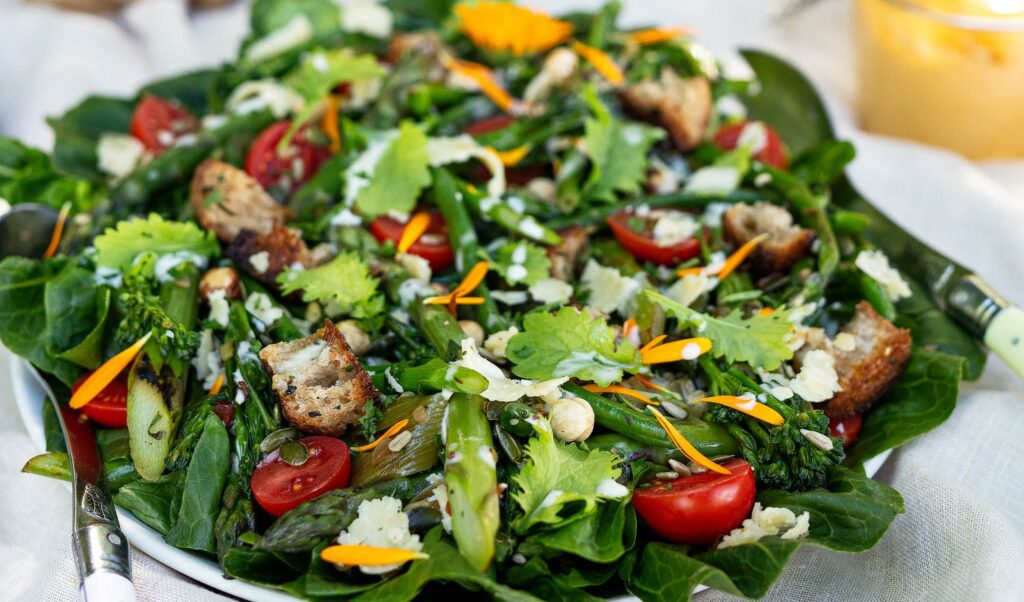
Shop wisely:
Once your meals are planned for the week, it is easy to make a list of what you need. Buy foods that are in season for maximum nutritional value. Try to include as many single ingredient foods as possible, and stock up on the following healthy items:
Storecupboard essentials:
• Extra-virgin olive or cold-pressed rapeseed oil, for salads and cooking.
• Zero salt stock cubes, for making stews and casseroles.
• Tinned fruit (in own juice), for use in desserts, porridge, yoghurt, or blended into smoothies.
• Tinned beans and peas, to use in place of meat in soups, stews and curries.
• Tinned tomatoes, to be used in sauces.
• Tinned fish (in water or oil), for use as a sandwich filler, a baked potato topping or mixed with pasta for a quick meal.
• Lentils, for soup, curries and stews.
• Herbs, seasonings and spices, to add flavour to your cooking.
• Oats, for breakfast or as a crunchy whole-grain coating for fish or meat.
• Whole-wheat varieties of pasta, rice, noodles and grains.
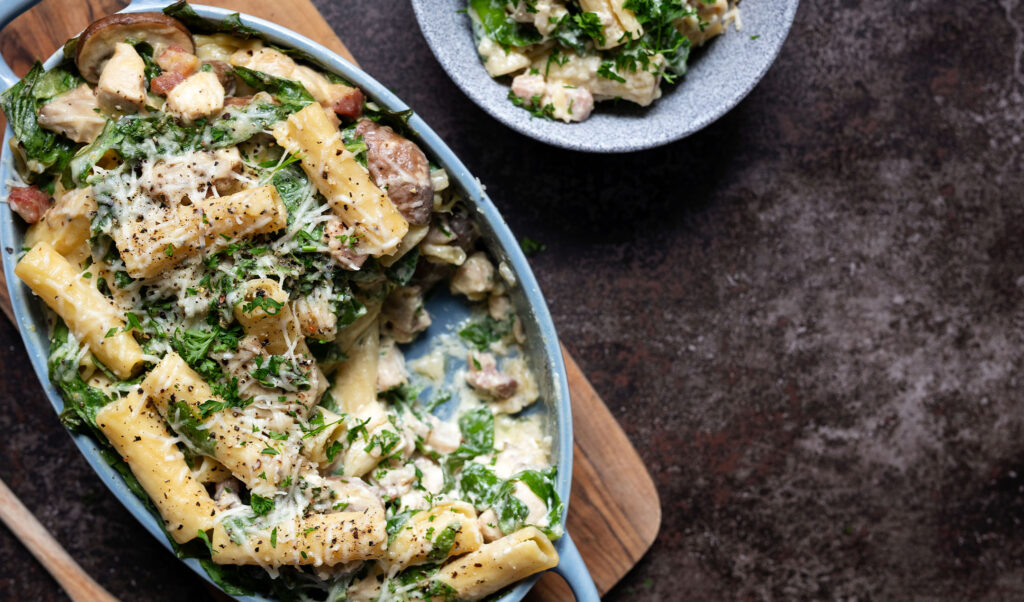
Fridge essentials:
• Milk, yoghurt and cheese, for cereal, snacks and sauces.
• Fresh fruit and vegetables, for snacks, salads, crudités and dinners.
• Whole chicken/ beef/fish, for sandwiches, salads, stews, curries and other dinners.
Freezer essentials:
• Frozen fruit, for yoghurts, smoothie and porridge bowls.
• Frozen vegetables, for curries, stews, omelettes and soups.
• Bread, for making sandwiches and for whizzing into breadcrumbs.
• Fish and lean meat. Separate these into one-meal portions, then place into containers for freezing.
Learn to cook
Ultimately, knowing a few trusted recipes will suffice. There are a few basic recipes that are a great place to start, and learning how to make foods that transfer to a variety of dishes is a real bonus for a novice cook. For example, a tomato-based sauce is a key part of many dishes, including Bolognese sauce, lasagne and pizza. Making your own brown bread is another useful staple to add to your repertoire, along with vegetable soups and stews. Likewise, eggs are a very handy versatile ingredient, for use in omelettes, pancakes, frittatas and quiches, or simply to be eaten on their own as a healthy meat-free protein. Homemade pesto for pasta is another great option for a quick dinner, and can also be used in sandwiches and wraps. Finally, seasoning your food is an essential component to making your food taste great. After all, spices and herbs unlock your food’s best flavour.
Looking for more foolproof kitchen tips? Check out our article on how to build a balanced lunchbox, here.
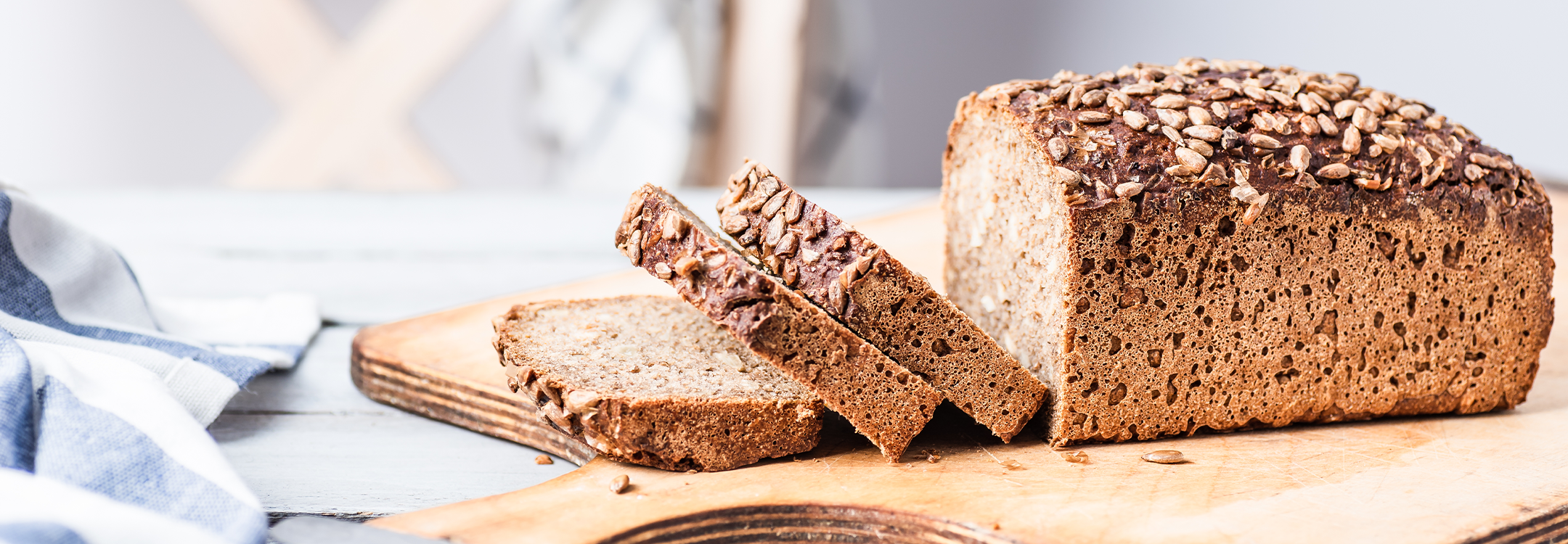
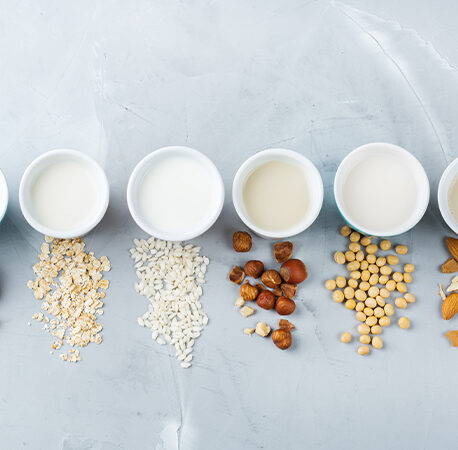
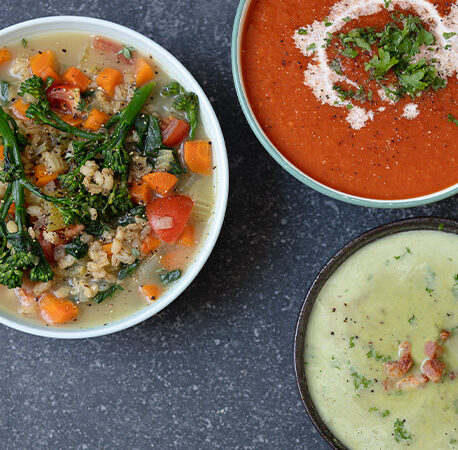

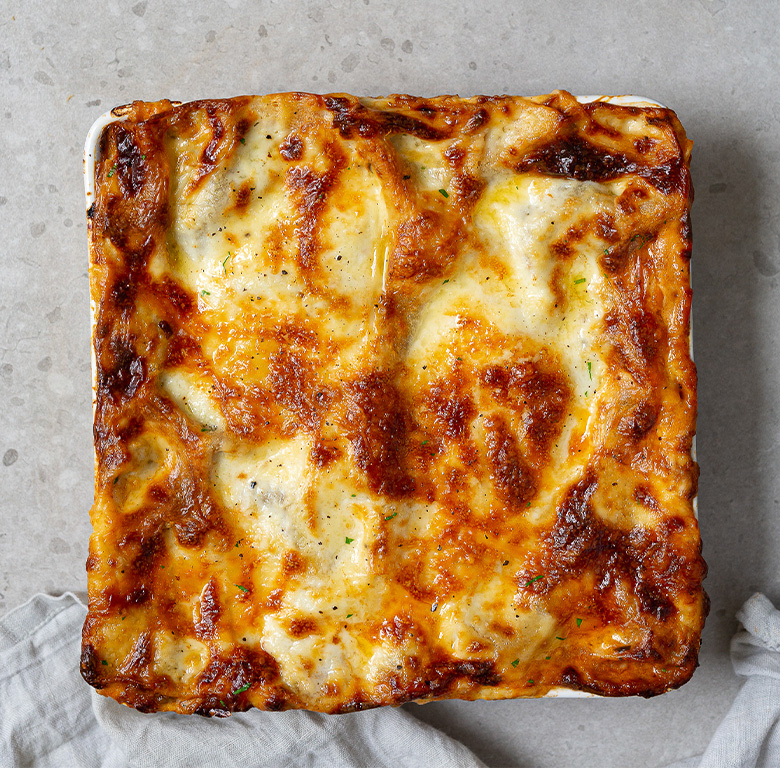
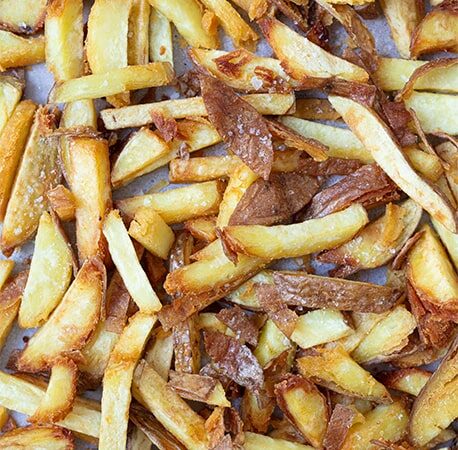
You have to be signed in to comment this post.